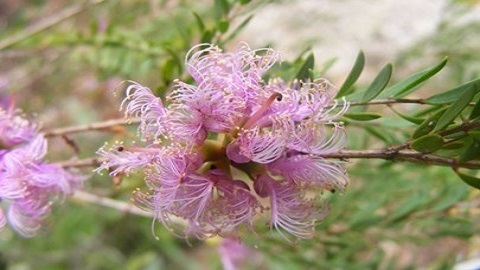Native plants and ecosystems

City of Moreton Bay encourages you to learn about your local ecosystems and native flora. When you use native Australian plants on your property, you will notice they are:
- more resilient and adapted to our local environmental conditions
- less likely to become weeds
- potential food and habitat for local native animals.
Native plants in your backyard
Native Australian plants are available for sale from community nurseries. You can use them in your garden for landscaping and revegetation projects.
Find out more about claiming a free native plant at our community nurseries.
Keep an eye out for native flora and fauna
The next time you explore your neighbourhood, look out for gum trees. In Australia, we are lucky to have a wide variety of these trees and they all have their own features. You may spot a koala eating a bundle of eucalyptus leaves in the treetops if you are lucky enough. Make a day of gum tree spotting with our guide to identifying local gum trees(PDF, 4MB).
You may also see native vines, often stretching across tree canopies or dangling down the trees. These vines offer food, refuge, and shelter for native animals. You do not need to remove these vines but can control them with regular pruning.
To learn more about native and weed vines, read vines of Moreton Bay(PDF, 3MB).
Plant lists for revegetation projects
Common plant species like eucalyptus and mangroves are essential to our ecosystems. Plants like these help with biodiversity, improve living conditions for native animals and are perfect for revegetation projects.
Before starting your revegetation project, view the regional ecosystem (RE) plant list.
Regional ecosystems are vegetation communities with a combination of geology, landform and soil. Queensland Herbarium developed the RE classification system. Council uses it as a standard to describe vegetation communities found in Moreton Bay.